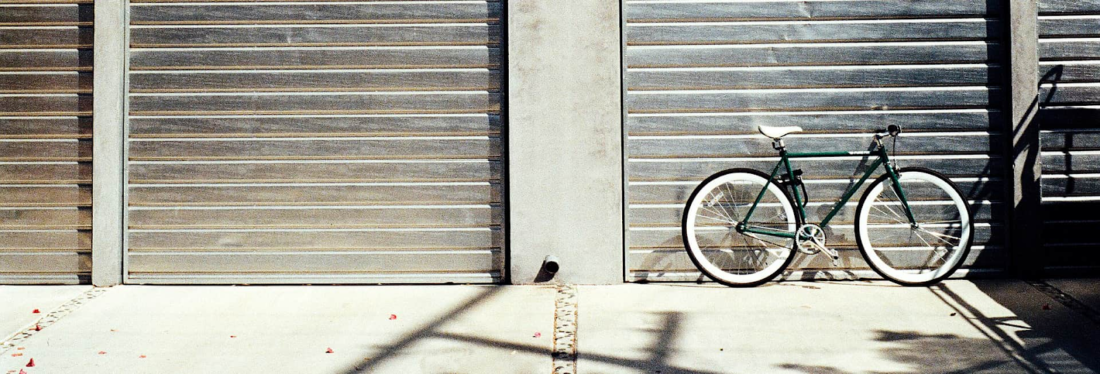Your garage door opener is a convenient and essential component of your home, allowing you easy access to your garage with the push of a button. However, like any mechanical system, garage door openers can experience issues over time. Knowing how to troubleshoot common problems and perform maintenance can save you time and money. In this comprehensive guide, we’ll explore garage opener repair tips, covering everything from troubleshooting to regular maintenance.

1. Troubleshooting Common Garage Door Opener Issues
When your garage door opener isn’t working as it should, it’s essential to identify the problem accurately in order to prevent more serious issues. Here are some common issues and troubleshooting tips:
Garage Door Won’t Open or Close
| Issue | Possible Cause | Solution |
| Remote Control Problems | Dead batteries, signal interference, or damaged remote | Replace batteries, clear interference, or replace the remote |
| Photo-Eye Misalignment | Dirty or misaligned photo-eye sensors | Clean and align the sensors |
| Trolley Carriage Obstruction | Something blocking the trolley carriage | Remove the obstruction and test the opener |
Garage Door Reverses Before Closing
| Issue | Possible Cause | Solution |
| Safety Sensors Out of Alignment | Misaligned photo-eye sensors | Adjust and realign the sensors |
| Limit Switches Need Adjustment | Limit switches control the open and close positions | Adjust the limit switch settings |
Garage Door Opener Makes Unusual Noises
| Issue | Possible Cause | Solution |
| Loud Grinding Noise | Worn-out gears or sprockets | Lubricate or replace worn parts |
| Squeaking or Screeching Noise | Dry or damaged rollers and hinges | Lubricate rollers and hinges or replace damaged parts |
2. Regular Maintenance for Garage Door Openers
Preventive maintenance can extend the life of your garage door opener and reduce the likelihood of unexpected issues. Here’s a maintenance checklist:
Lubrication
Regularly lubricate moving parts to reduce friction and noise:
- Chain or Belt Drive: Apply garage door opener lubricant to the chain or belt.
- Rollers and Hinges: Lubricate roller bearings and hinges with silicone-based or lithium-based lubricants.
Safety Sensor Inspection
Inspect the photo-eye sensors to ensure they are clean and properly aligned. If misaligned, adjust them until they face each other without any obstructions.
Tighten Hardware
Periodically inspect and tighten all nuts, bolts, and screws. Loose hardware can lead to noisy operation and misalignment.
Test the Auto-Reverse Feature
Regularly test the auto-reverse feature by placing an object (such as a 2×4 board) in the path of the closing garage door. The door should reverse immediately upon contact with the object.
Check Cables and Springs
Inspect the cables and springs for signs of wear, fraying, or damage. If you notice any issues, contact a professional for repairs, as these components can be dangerous to handle. Regular checks are essential to maintain the safety and functionality of your equipment. For reliable service and top-quality replacement parts, consider reaching out to AudioVideoElectric.
Clean the Tracks
Clean the tracks with a damp cloth to remove dirt, debris, and grease buildup. Ensure that the tracks are properly aligned.
Inspect the Weatherstripping
Check the weatherstripping at the bottom of the garage door for wear and damage. Replace it if necessary to maintain a seal against the elements.
3. When to Look for Professional Expertise
While many garage door opener issues can be resolved with DIY troubleshooting and maintenance, some problems require the expertise of a professional technician. Consider professional help in the following situations:
- Broken Springs: Garage door springs are under high tension and can be dangerous to repair. Always leave spring replacement to a professional.
- Motor or Drive Unit Replacement: If the motor or drive unit of your garage door opener is malfunctioning, it’s best to have a professional technician assess and replace it.
- Electrical Problems: Any electrical issues with the opener, such as wiring problems or control board malfunctions, should be addressed by a licensed electrician or garage door technician.
- Complex Repairs: For more complex repairs involving the internal components of the opener, it’s advisable to consult a professional to avoid further damage.
4. Safety Precautions
When working on your garage door opener, prioritize safety:
- Disconnect the power: Before performing any maintenance or repairs, disconnect the power to the garage door opener to prevent accidental activation.
- Use safety gear: Wear appropriate safety gear, such as safety glasses and gloves, when working on the opener.
- Avoid DIY springs: Never attempt to repair or replace garage door springs yourself due to their high tension. Leave this task to trained professionals.
- Follow manufacturer guidelines: Consult the manufacturer’s instructions for your specific garage door opener model when troubleshooting or performing maintenance.
By following these garage door opener repair tips and maintenance guidelines, you can keep your opener in excellent working condition, prevent common issues, and ensure the safety and convenience of accessing your garage. Remember that regular upkeep can save you both time and money in the long run, as well as extend the life of your garage door opener. In case you worry about your garage door opener, maybe it is time to request a professional help.



